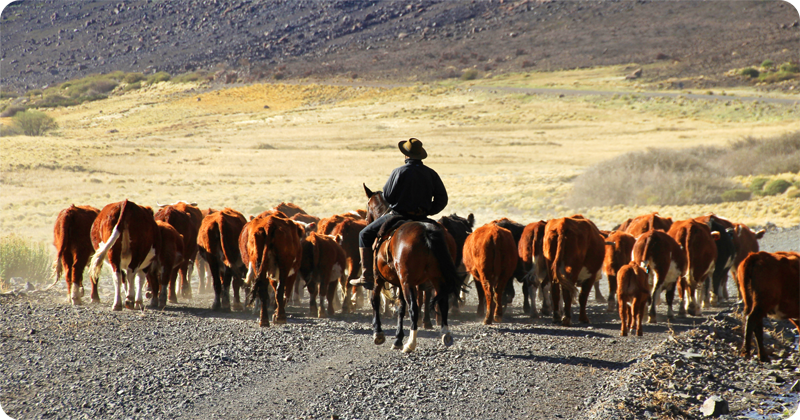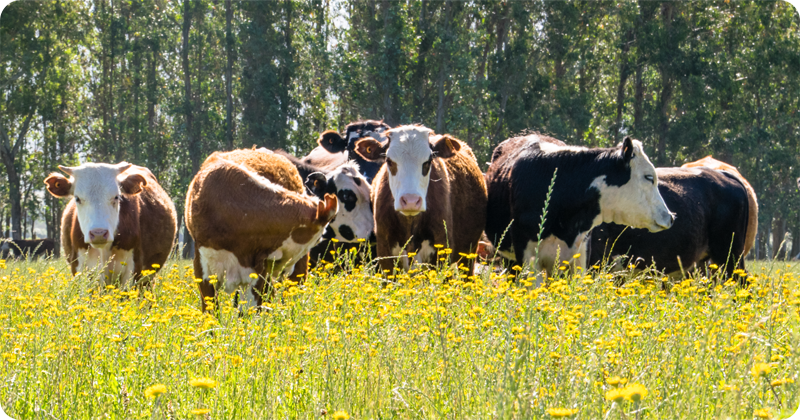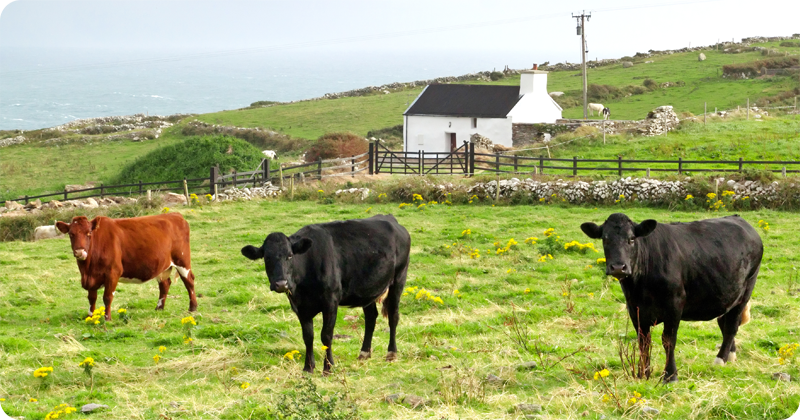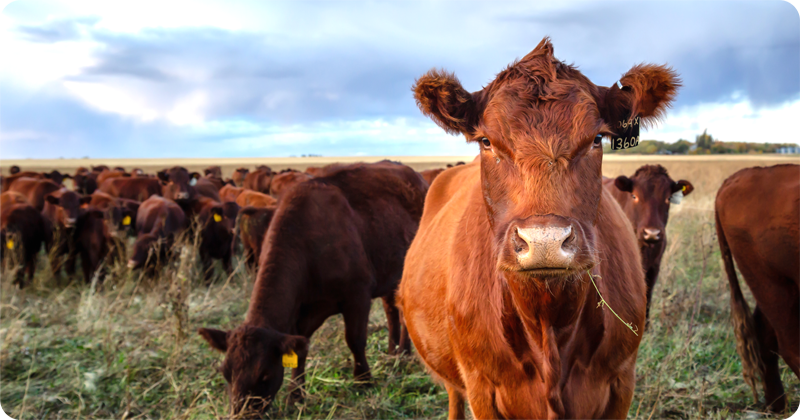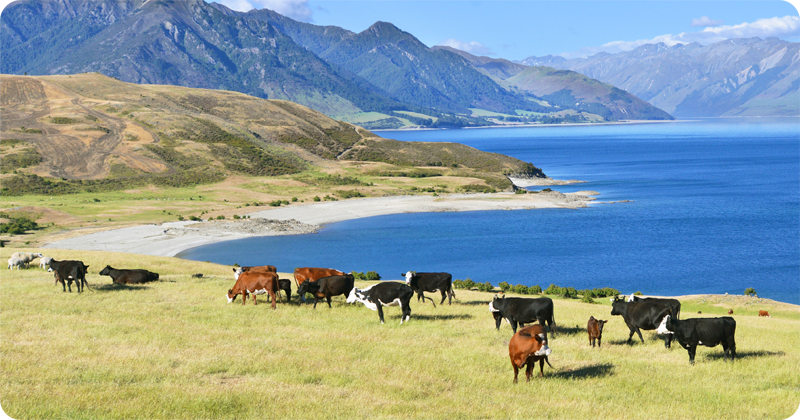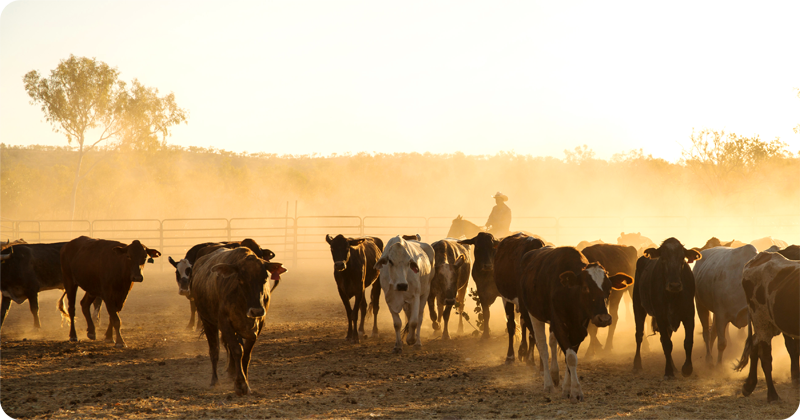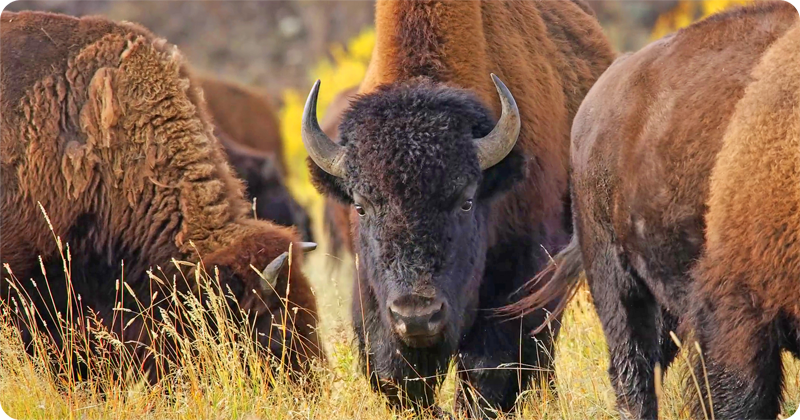
PARAGUAY

THE ORIGINS
Paraguay is one of the world’s leading beef exporters.
The excellence of Paraguayan meat is based on the type of farming. The animals, in fact, live in the open air in total harmony with the environment. The meat is known for its marbled appearance, excellent tenderness and flavour characteristics, unbeatable taste and quality.
With its boundless spaces, colours and scents, Paraguay is a fascinating country that can inspire new, tasty and exotic recipes.
The excellence of Paraguayan meat is based on the type of farming. The animals, in fact, live in the open air in total harmony with the environment. The meat is known for its marbled appearance, excellent tenderness and flavour characteristics, unbeatable taste and quality.
With its boundless spaces, colours and scents, Paraguay is a fascinating country that can inspire new, tasty and exotic recipes.
|
|
|||||||||||||||

ENTRECÔTE
Very fine cut obtained from the sirloin of Paraguayan boneless beef. Thanks to the natural way of rearing, the meat is particularly tender, tasty and with very little fat, it can be of variable thickness and it is suitable for many different preparations: grilled, baked or pan-fried. In France, the native land of this preparation, it is often accompanied by sauces of various kinds.
Preparation tips
Cooking mode Remove the packaging. Once the package is opened, it is recommended to oxygenate the product for at least 10 minutes so that it regains the typical colour of fresh meat.
Entrecôte with pepper, butter cream and parmesan cheese
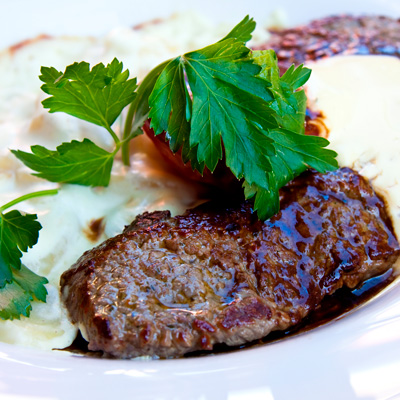 Prepare a sauce by mixing 80 g of butter and 50 g of Parmesan cheese, chopped garlic, parsley leaves, salt and lemon zest. Cover and leave to rest in the refrigerator. Brown the entrecote ½ minute on each side, lower the heat and cook for 2-3 minutes more on each side.
Sprinkle the meat with a mixture of peppercorns chopped in the mortar and serve with the cream of butter and parmesan cheese.
Prepare a sauce by mixing 80 g of butter and 50 g of Parmesan cheese, chopped garlic, parsley leaves, salt and lemon zest. Cover and leave to rest in the refrigerator. Brown the entrecote ½ minute on each side, lower the heat and cook for 2-3 minutes more on each side.
Sprinkle the meat with a mixture of peppercorns chopped in the mortar and serve with the cream of butter and parmesan cheese.
FILLET STEAK
By far, the softest and most valuable cut. From the lumbar area, the cut involves a muscle almost never trained by the animal, hence its unmistakable tenderness.
Very small in size, it is a single piece that can be divided into three parts, each perfect for different consumptions. It can be used for making steaks, tartare, carpaccio, chateaubriand, tournedos and filets mignon.
Preparation tips
Cooking mode Remove the packaging. Once the package is opened, it is recommended to oxygenate the product for at least 10 minutes so that it regains the typical colour of fresh meat.
Fillet with cream cheese and olives
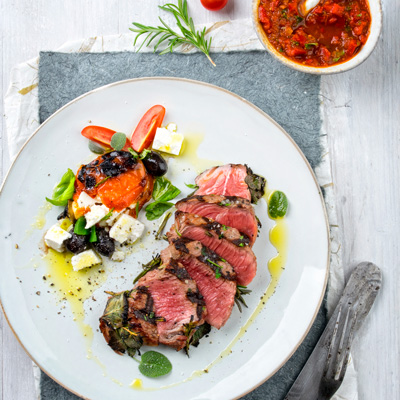 Brown the fillets in a warm, oiled pan. Halfway through cooking, add 100 g of julienne-cut carrots and some black olive slices. Cover and finish cooking. Cut the meat in slices and serve with fresh cream cheese and a delicate salad.
Brown the fillets in a warm, oiled pan. Halfway through cooking, add 100 g of julienne-cut carrots and some black olive slices. Cover and finish cooking. Cut the meat in slices and serve with fresh cream cheese and a delicate salad.


ROAST-BEEF
Top quality cut, thin and wrapped in a thin strip of fat. It includes all - or almost all - the dorsal area of the animal. If with the bone, it is called rib eye, while without the bone, it provides sirloin steak. Suitable for roasting and for the preparation of the typical English roast beef.
Preparation tips
Cooking mode Remove the packaging. Once the package is opened, it is recommended to oxygenate the product for at least 10 minutes so that it regains the typical colour of fresh meat.
Roast beef with olives
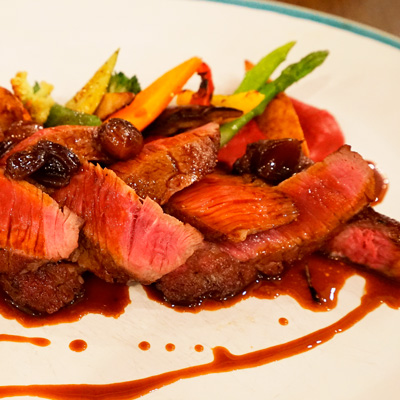 Put 50 g of butter, 2 tablespoons of tomato paste diluted with white wine and 100 g of stoned black olives in a saucepan. Leave to cook on a moderate heat for about half an hour. Just before the sauce is ready, put the roast beef slices in a slightly buttered non-stick pan and sauté over high heat for a few minutes. Salt and pepper.
Put 50 g of butter, 2 tablespoons of tomato paste diluted with white wine and 100 g of stoned black olives in a saucepan. Leave to cook on a moderate heat for about half an hour. Just before the sauce is ready, put the roast beef slices in a slightly buttered non-stick pan and sauté over high heat for a few minutes. Salt and pepper.Once the meat is cooked, serve it by pouring the hot sauce over it.
RUMP
A cut of rather fine beef that joins the thigh and sirloin. Low fat, tender and moderately digestible, the rump is extremely versatile in the kitchen: ideal for grilling, in the pan or in the oven, it can also be transformed into quality grinded meat. Less suitable for long cooking (boiled, braised and stewed).
Preparation tips
Cooking mode Remove the packaging. Once the package is opened, it is recommended to oxygenate the product for at least 10 minutes so that it regains the typical colour of fresh meat.
Rump with salt and green sauce
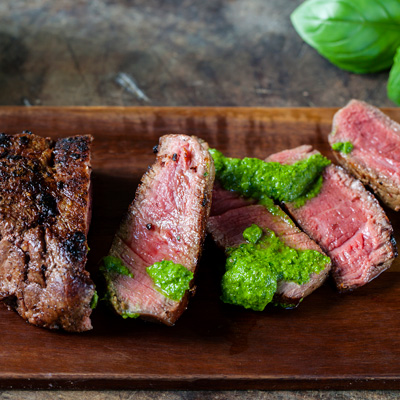 Spread a layer of coarse salt on the bottom of a baking sheet, place the piece of rump on top of it and cover it completely with more salt. Bake for 45 minutes in the oven at 220°C.
Spread a layer of coarse salt on the bottom of a baking sheet, place the piece of rump on top of it and cover it completely with more salt. Bake for 45 minutes in the oven at 220°C. Once cooked, remove the meat from the oven, remove it from the salt and let it cool.
Cut into very thin slices and serve with a sauce obtained by mixing breadcrumbs in vinegar, oil, parsley and capers.


ANGUS
Very tender, juicy and savoury, Angus meat is smooth, compact and with thin filaments of fat which, once dissolved in the cooking process, release an intense aroma and enhance its softness. Rich in precious nutrients, 100 grams of Angus provide only 124 kcal (82% protein and 18% fat). A delicious and genuine dish.
Simple cooking methods (pan, plate, grill) are the best way to enhance and appreciate the noble qualities of the product.
Simple cooking methods (pan, plate, grill) are the best way to enhance and appreciate the noble qualities of the product.
Preparation tips
Cooking mode Remove the packaging. Once the package is opened, it is recommended to oxygenate the product for at least 10 minutes so that it regains the typical colour of fresh meat.
Grilled Angus
 Brush both sides of the meat with a sauce made by mixing extra virgin olive oil, rosemary and a pinch of pepper. Lay the meat on a nice hot plate and cook it 1 minute per side for every centimetre of height and 2 minutes placed in a straight position on the bone.
Brush both sides of the meat with a sauce made by mixing extra virgin olive oil, rosemary and a pinch of pepper. Lay the meat on a nice hot plate and cook it 1 minute per side for every centimetre of height and 2 minutes placed in a straight position on the bone. When cooked, leave to rest, cut into slices and sprinkle with olive oil and a pinch of salt.
 ARGENTINA
ARGENTINAArgentina produces some of the best meats in the world for taste and tenderness. The goodness and
peculiarities of Argentine meat can be traced back to the completely natural method with which the beef is reared. Left to
live in the wild in the endless pampas, the animals feed exclusively on grass. This type of farming favours the production
in the animal of substancesthat contribute to making the meat soft, tasty and healthy.
 URUGUAY
URUGUAYUruguay produces a meat that, among other countries in South America, is distinguished by quality.
The excellence of the product is based on the type of farming. The animals, in fact, live in the open air in total harmony
with the environment. The result is a meat with a refined taste, high nutritional value, guarantee of origin and
authenticity. Uruguayan meat is rich in Omega 3, Vitamin E (antioxidants) and has low fat levels.
 BRAZIL
BRAZILBrazil, the world leading beef exporter, is increasingly highlighted by the quality of its meat. A
tender and tasty meat obtained through production systems in temperate, tropical pastures and intensive systems that
produce the most distinct quality specifications.
The healthy and natural diet of the animals guarantees the authenticity and safety of the meat and the preservation of the
environment.
 USA
USAAmerican meat is famous for its high level of marbling, i.e. the uniform spread of fat. This
particular characteristic makes the meat soft, juicy and with a strong and tasty taste.
Cattle are reared in a totally natural way and fed on a maize-based vegetarian diet without the use of supplementary hormones, growth promoters or additives.
Cattle are reared in a totally natural way and fed on a maize-based vegetarian diet without the use of supplementary hormones, growth promoters or additives.
 NEW
ZEALAND
NEW
ZEALANDNew Zealand meat is internationally recognized for its high quality, tenderness and delicious
taste.
The animals grow in an exceptional environment: in the open air, on rich and abundant pastures overlooking the Pacific
Ocean and with a mild and constant climate all year round. They are also subject to regular and very strict quality
controls. The result is a lean, nutritionally rich and high quality meat.
 AUSTRALIA
AUSTRALIAAustralia is known throughout the world to export high quality beef: very aromatic, tasty and with
a well-defined fat part. Tender and juicy thanks to the thin fibres and a high level of marbling. The cattle are reared
with a production system that is based on natural foods such as grass from pastures. The most prized and renowned
Australian meats are Black Angus and the highly prized Wagyu.
 CANADA
CANADACanada, one of the world's leading beef producers, selects the best breeds and raises them in a
pristine natural environment to provide the market with healthy, high-quality beef.
Canada's cool climate is an optimal habitat for animals. Canadian meat is known for its marbled appearance, excellent tenderness and flavour characteristics, unbeatable taste and quality.
Canada's cool climate is an optimal habitat for animals. Canadian meat is known for its marbled appearance, excellent tenderness and flavour characteristics, unbeatable taste and quality.
 JAPAN
JAPANKobe beef is a Japanese delicacy obtained from wagyu, a black mantle cattle of the Tajima breed.
Kobe meat is tender, very tasty and has an excellent taste. The merit lies in the marbling of the meat, which has a high
percentage of fat distributed evenly.
The registered trademark and the strict parameters imposed to define "Kobe's" meat, have made it a precious niche product,
renowned, expensive and sought after throughout the world.


